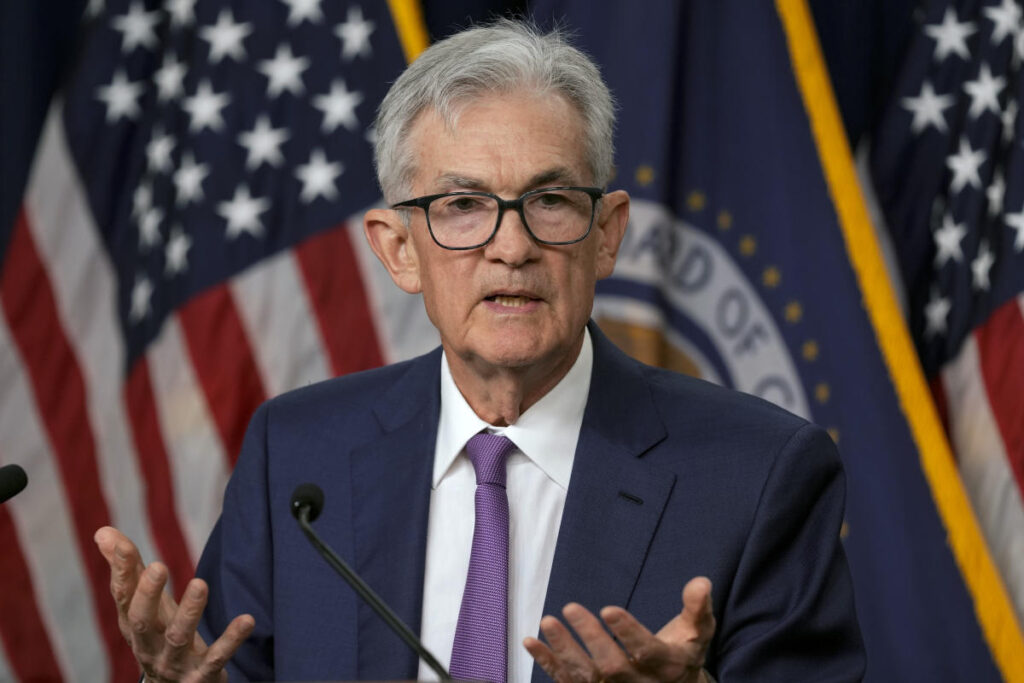When contemplating the opening of a new savings account or certificate of deposit (CD), understanding how the Federal Reserve’s decisions influence interest rates is crucial for making well-informed financial decisions. Recently, the Federal Open Market Committee (FOMC) convened on December 17 and 18, 2024, where they deliberated on whether to raise, maintain, or lower the federal funds rate. After considerable discussion, the committee opted to lower the target federal funds rate for the third time that year. This decision affects the broader economic landscape and ultimately trickles down to impact deposit accounts. As we look ahead to the FOMC’s next meeting scheduled for January 28 and 29, 2025, it is essential to explore how current CD and savings rates can be leveraged in light of these developments.
The federal funds rate serves as the target interest rate established by the Federal Reserve, which dictates the rates at which banks can borrow from one another on an overnight basis to fulfill reserve requirements. Currently, this rate is set within a range of 4.25% to 4.50%. While banks negotiate their specific rates within this range, the Federal Reserve utilizes this rate as a tool to manage inflation. When inflation rates rise, the Fed may elevate the target rate, making borrowing costlier, thereby discouraging consumer spending and helping to stabilize prices. Conversely, during periods requiring economic stimulation, the Fed may implement a series of rate cuts to encourage spending and borrowing. Understanding how these changes impact the broader economic environment is vital when considering the strategy for saving or investing additional funds.
The implications of changes to the federal funds rate extend beyond the immediate banking sector and the economy; they also significantly affect individual financial circumstances. While the Fed’s rate does not directly dictate the interest rates assigned by individual banks to consumer deposit accounts and loans, there remains a strong correlation. Typically, when the Fed increases its rate, banks respond by raising interest rates on deposit products like high-yield savings accounts and CDs. Conversely, a decrease in the federal funds rate generally leads to a reduction in deposit interest rates, stressing the importance of timely decision-making regarding savings.
Looking ahead, the FOMC is poised to meet again on January 28-29, at which point they will again assess the federal funds rate. Following their recent decision to lower the target range to 4.25%–4.50%, there is considerable speculation that further cuts may be on the horizon, despite the inflation rate remaining slightly above the Fed’s long-term target of 2%. While many economic experts lean towards the likelihood of additional rate reductions in 2025, uncertainty increasingly pervades predictions about future changes. As the market awaits the Fed’s next announcement, it may present an opportune time for individuals to evaluate their existing savings accounts or explore the possibility of opening new accounts.
Should the Fed indeed decide to reduce the federal funds rate once more, there is a tangible risk that savings and CD rates will continue their downward trend. This situation underscores the importance of acting promptly to secure favorable rates that may soon become unavailable. Currently, individuals can lock in competitive rates—which could be as high as 4.50% annual percentage yield (APY)—by opening a CD. By doing so, one can safeguard their savings against potential declines in interest rates while simultaneously capitalizing on the current high-rate environment. Taking advantage of such opportunities is essential for maximizing returns on savings in the face of shifting economic policies.
In summary, understanding the interplay between the Federal Reserve’s decisions and personal finance is vital for anyone considering opening new savings accounts or certificates of deposit. The recent decision to lower the federal funds rate signals an evolving economic environment that prompts consumers to take proactive steps regarding their savings. By keeping an eye on upcoming meetings and adjusting savings strategies accordingly, individuals can effectively optimize their earnings potential in an uncertain economic landscape. Opportunities to secure competitive interest rates may soon wane, making it crucial to be informed and ready to act in order to achieve financial goals.

